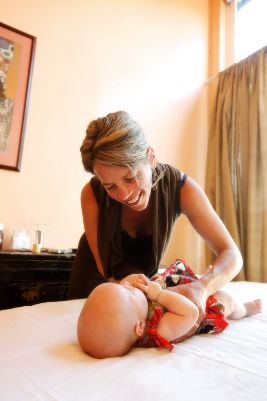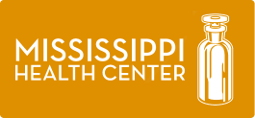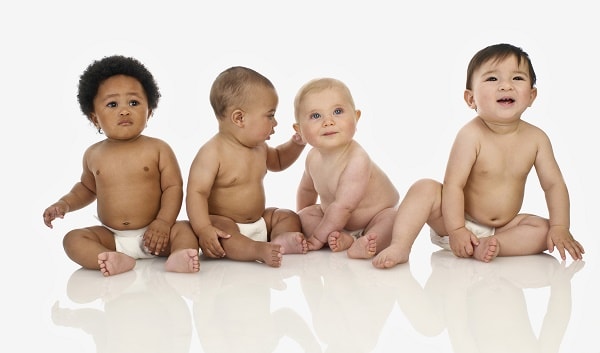What is Infant Craniosacral Therapy?
Infant CST is a gentle, non-invasive technique for restoring optimal function and ease of movement in babies. Frequently the birth process, whether it was a natural birth or surgically assisted, can cause restrictions in the muscle, fascia, and/or skeletal layers. These restrictions can lead to common problems such as:
Breastfeeding difficulties
Colic
Reflux
Spitting up
Ear infections
Sleep disorders
Headaches
Learning Disabilities
Sensory integration problems
Developmental delays
Chronic pain
Difficult mobility
ADD/ADHD
Neurological conditions
Other reasons to treat an infant with CST:
Fast birth
Slow birth
Birth with forceps
Cesarean birth
Breech birth
Crooked nose, face or head shape
Baby who has been separated from mother
Resuscitated infants
Birth trauma/injuries
Neonatal intubation
Baby who has had surgery
CST is a manual therapy that uses no more than 5 gm of pressure (the weight of a nickel) to address restrictions in the craniosacral system. This system plays an important role in stabilizing the environment in which the central nervous system functions. It consists of the membranes and fluid that surround and protect the brain and spinal cord as well as the bones of the skull (cranium) and the tailbone area (sacrum). CST helps correct any restrictions in the craniosacral system enabling the body to release the effects of stress.
WHAT CAN I EXPECT DURING A TREATMENT?
The first visit includes a thorough intake with one or both parents or guardians about the current condition of your baby, the pregnancy, labor and birth process, and previous types of treatment for the mother and the baby. The treatment portion begins with a hands-on physical assessment of your baby checking for normal and restricted movement and rhythm of the craniosacral system. Restrictions are treated with gentle release techniques that are either very subtle or bigger in movement but the techniques are always gentle. A first session will generally take 1 hour. Follow-ups may take between a half hour to a full hour.
WHAT IF MY BABY CRIES?
Babies may cry a certain amount during a treatment as part of the release process. You are welcome to hold your baby for as much or as little as you are comfortable during any part of the session. Sometimes babies may cry more than other times. Treatment will only continue if all parties (including your baby) are comfortable continuing.
WHAT CAN I EXPECT AFTER A SESSION?
Usually a baby will sleep longer than usual or at a different time than usual. Since babies integrate new information while they sleep, this is a normal and positive reaction. It is fine to wake your baby for a feeding if necessary. Some babies express strong emotions after a session: this may include extra smiles as well as extra cries or anything in between including a sharp increase of appetite. This should only last a day or so.
WHAT SORT OF RESULT SHOULD I EXPECT FROM MY BABY’S TREATMENT?
Ideally, the main reason for seeking treatment should show an improvement. Sometimes, another issue that seemed secondary is resolved before the chief complaint is resolved. This is a normal reaction, especially if what seemed secondary is aggravating or even causing the “bigger” issue. Occasionally, a baby may need another treatment before noticeable improvement occurs. If no change in condition has occurred by the second treatment, other options will be discussed.
Your baby is precious and will be treated with respect and compassion without exception.


